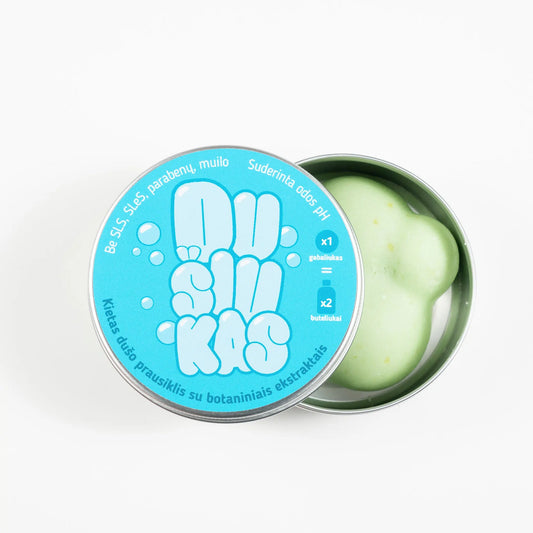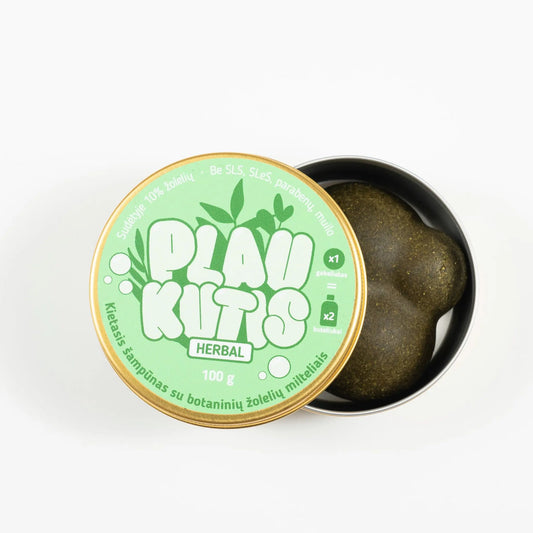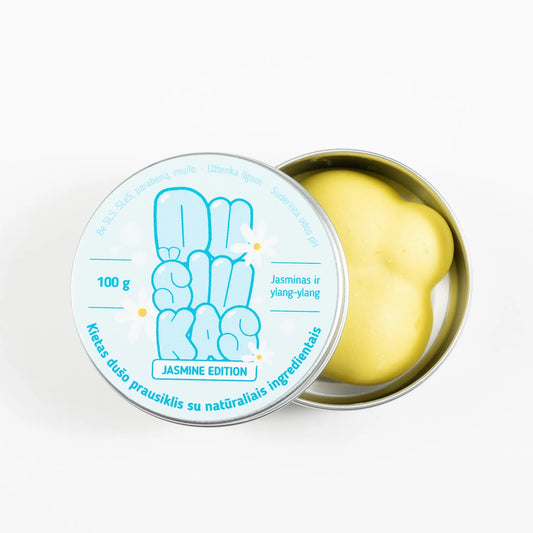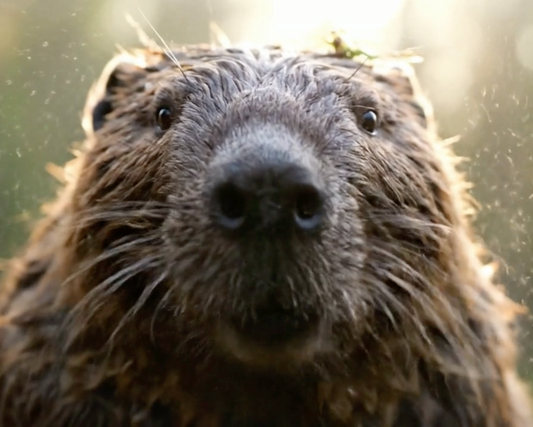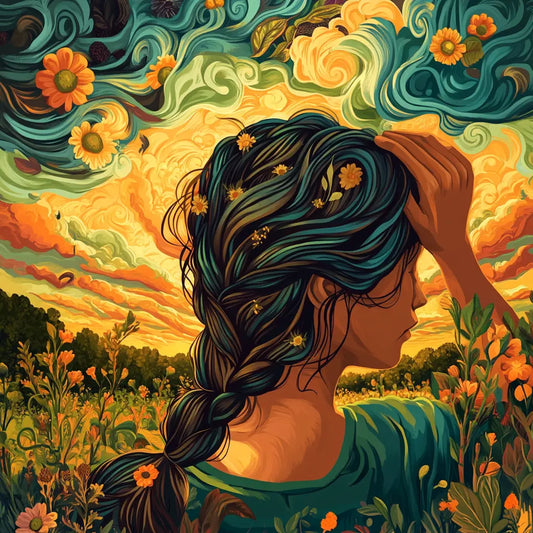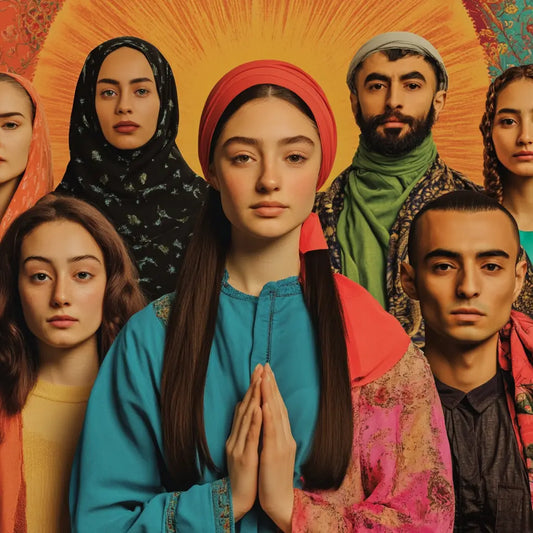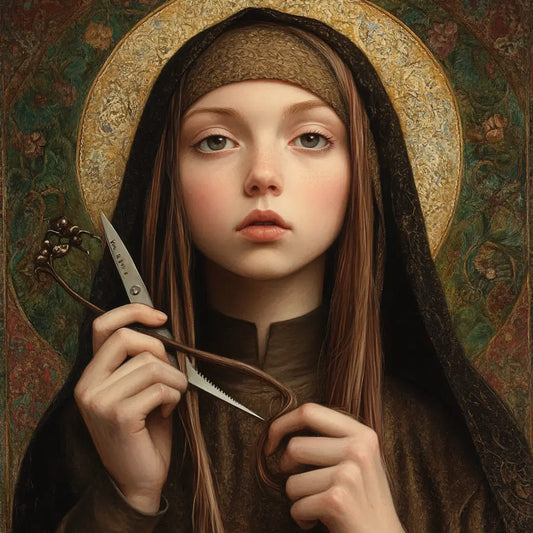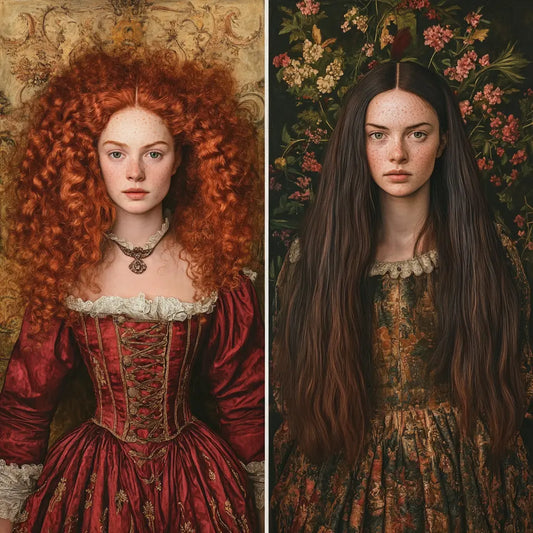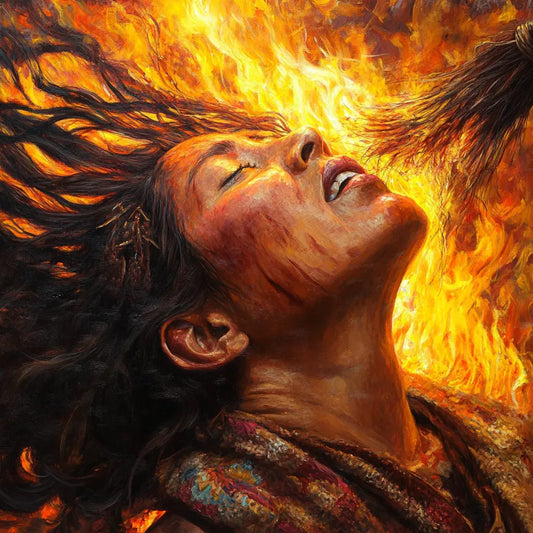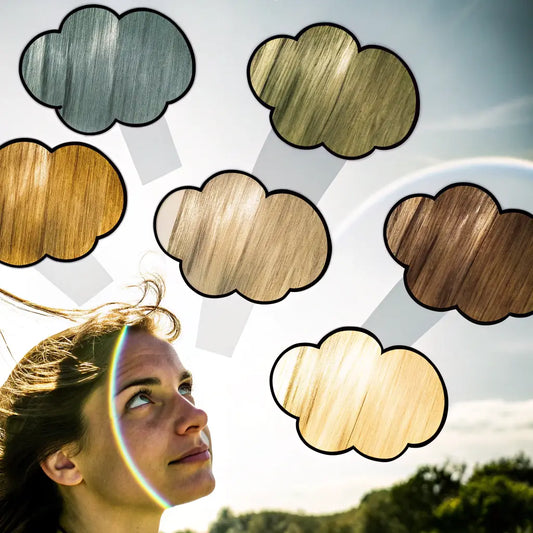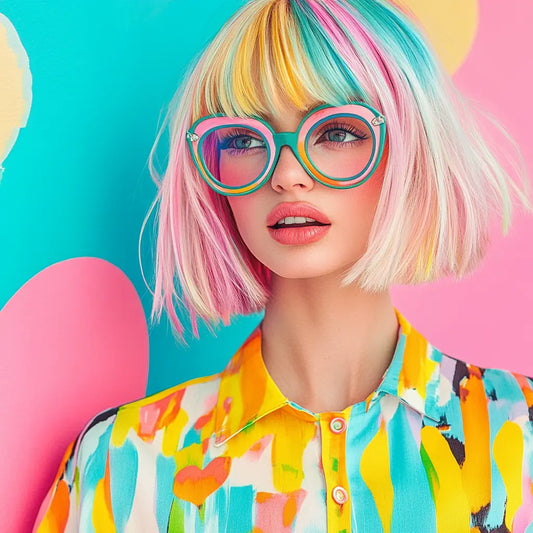Have you ever heard the creepy story that hair continues to grow after death? For centuries, people have believed in this mysterious phenomenon, but is there any truth to it? The idea has taken hold in many cultural traditions, adding a layer of mysticism to the themes of death and the afterlife. In this article, we will explore the myths, scientific explanations, and cultural beliefs surrounding hair growth after death. Whether you are interested in science, spirituality, or cultural practices, you will find many interesting facts and insights here.

Introduction to hair growth after death
The idea that hair grows after death has long intrigued people, sparking curiosity and superstition in different societies. Historically, people have often noticed that bodies exhumed after burial appeared to have longer hair than when they were buried. But is this a real biological phenomenon or just an optical illusion?
It turns out that this phenomenon is largely an illusion. Hair does not actively grow after death. However, the human body undergoes significant changes after death that can give the impression of hair growth. Although this idea is based on misunderstanding, it has been reinforced by various cultural beliefs and religious rites that associate hair with life force, identity, and the soul.

Scientific explanations for hair growth after death
The role of skin shrinkage and dehydration
One of the main scientific reasons why hair appears to grow after death is dehydration. After death, the body loses moisture rapidly. The skin dries out, shrinks, and pulls away from the hair follicles. This skin tension can create the illusion that hair (and nails) have grown longer, even though no biological growth is actually taking place.
- An unexpected number: The human body is about 60% water , and after death it can lose up to 3 liters of water in the first few days, causing significant skin shrinkage.
This dehydration effect occurs quite quickly after death, especially in warmer, drier climates, where bodies dehydrate more quickly. As the skin shrinks, hair and nails appear more prominent, even though their length has not changed. This is a classic example of how changes in the body after death can create an optical illusion.

Slower hair and faster tissue breakdown
Another factor that reinforces the myth is that hair is made of keratin , a tough protein that doesn't break down as quickly as other body tissues. While organs and muscles begin to rapidly decay due to bacterial action, hair can remain intact for months or even years. This resilience often gives the impression that the hair has "survived" death and continued to grow.
- Scientific insight: Keratin-based structures, such as hair, can remain intact for up to several months after death, while soft tissues begin to decompose within 24-72 hours after death.
This phenomenon has been observed in historical burials when bodies were exhumed years later. In some cases, hair and nails appeared longer than when the body was buried, but this growth is an illusion caused by the contraction of surrounding tissues and the resistance of keratin.
Stopping biological processes after death
Despite the illusion of hair growth, it is important to note that all biological processes cease shortly after death. Hair grows due to active cell division in the hair follicles, which are fed by a network of blood vessels. After death, the heart stops pumping blood, and cell activity in the hair follicles also immediately stops.
- Interesting fact: In a living person, hair grows an average of 0.35 millimeters per day . After death, this process stops within 2-3 hours , depending on environmental conditions.
This scientific truth debunks the myth that hair grows after death. Without blood circulation and cellular activity, growth is impossible. However, the myth probably persists because of the visible changes in the body in the first days and weeks after death.
Cultural beliefs about hair and death
Hair rituals in Ancient Egypt
Hair was an important part of both life and death in ancient Egypt. The Egyptians believed that hair was connected to the soul and could carry a person's essence into the afterlife. For this reason, elaborate hair rituals were performed for the dead. Hair was often braided and decorated, and sometimes even strands were preserved in tombs or with mummified remains to ensure that the spirit of the deceased remained intact in the afterlife.

- Fun fact: Archaeological excavations have uncovered mummies with elaborate hairstyles , some of which were made over 3,000 years ago, indicating the importance of hair in funerary rites.
In some cases, the Egyptians believed that the soul would need its physical form in the afterlife, including its hair. Wigs and artificial hair were also placed in tombs to ensure that the deceased would have access to it in the next world. This practice shows how important hair was to concepts of identity and survival beyond death.
Hair rituals in Hinduism
In Hinduism, hair plays an important role in death rituals. Shaving the head, called Mundan , is a common practice when a family member dies. It is a way to symbolize separation from the material world and honor the soul's journey to the afterlife. It also symbolizes purification and renunciation of material attachments.
- Cultural Insight: In some Hindu traditions, the body of the deceased is washed and groomed, with special attention to the hair, before cremation. This is believed to ensure that the deceased enters the afterlife clean and purified.

Hair also has spiritual significance in Hinduism, and shaving the head is considered a form of humility and renunciation. For the deceased, taking care of their hair before cremation ensures a smooth transition to the spiritual world.
Chinese and Japanese traditions related to hair and death
In China and Japan, hair has a symbolic connection to vitality and strength. In both cultures, it is customary to carefully groom the hair of the deceased before burial, often styling it in culturally significant hairstyles or braids. In some cases, family members preserve locks of hair as a keepsake or bury them with the deceased to honor their memory.
- Historical fact: During the Tang Dynasty in China, it was common to keep strands of a loved one's hair in silk bags or even use them in works of art as a sign of eternal memory.

Similarly, in Japan, women historically cut their hair as a sign of mourning and devotion to a deceased family member. The act was a symbolic and literal renunciation of the living world, signifying mourning, humility, and the release of the spirit from its physical form.
North American Indian hair rituals
In many North American Indian cultures, hair has deep spiritual significance and is often considered a source of life force or connection to the spirit world. For some tribes, hair symbolizes a person's life energy, and its cutting or care after death must be done with respect. Before burial, hair is often braided, symbolizing unity, and is sometimes left with personal belongings or spiritual objects to aid the deceased in their journey after death.
- Cultural insight: The Lakota tribe believes that cutting hair frees the spirit of the deceased, helping it transition from the physical world.

Hair is considered an extension of the soul, and its care during death rituals reflects a deep respect for the spiritual journey of both the living and the dead. Family members often preserve locks of hair as a keepsake to maintain a connection with their departed loved ones.
Modern practices and myths about hair and the afterlife
Victorian mourning jewelry and hair souvenirs
In Victorian England, hair became an essential part of mourning culture. Strands of a deceased loved one's hair were often braided into intricate designs and incorporated into mourning jewelry such as rings, brooches, or necklaces. This practice allowed people to physically hold a piece of the deceased close to their hearts during the mourning period.
- An unexpected number: Victorian jewelry made from human hair became so popular that entire companies specializing in hair souvenirs sprang up in the mid-19th century. Some of these pieces are now highly valued, with some selling for as much as $10,000 at auction.

This practice reflects how people viewed hair as a tangible connection to those who had passed away. Even today, these ornaments are valued not only for their artistic value, but also for the emotional connection they symbolize.
Urban legends about hair in the afterlife
Urban legends about hair growing after death often appear in horror stories and folklore. One of the most commonly heard myths is that hair can continue to grow for weeks or even months after death, sometimes to extremely long and frightening lengths. This idea often appears in movies or books, where supernatural elements suggest that hair has life force even after death.
- Myth busting: Although hair is incredibly resilient, it doesn't grow back after death. What people often perceive as growth is actually caused by the skin shrinking and drying out around the hair follicle, which makes the hair appear longer.

Although this myth has been scientifically debunked, it still captures people's imaginations, perhaps because it reflects deeper fears about death and the unknown.
Hair care in modern funeral homes
In modern funeral practices, hair care remains an important part of honoring the deceased. Many families request that the deceased's hair be styled in a way that reflects their personality or cultural traditions. Funeral homes often take great care in the appearance of the deceased, including arranging the hair according to the family's wishes.
- Practical tip: Some families may choose to preserve a lock of hair as a keepsake, a tradition that has been practiced for centuries. Many funeral homes will honor such a request as part of their services.

Hair can play an important role in creating a final, respectful image of the deceased, and it is often one of the most personalized aspects of funeral arrangements. Whether it is braiding, cutting, or simply arranging the hair, these practices reflect the cultural importance of hair even after death.
Myth debunking or interesting facts
- Myth: Hair continues to grow for weeks after death.
Fact: Hair growth stops shortly after death, and the illusion of growth occurs due to dehydration and shrinkage of the skin. - Fun fact: Hair can persist for months or even years after death due to its composition of keratin, making it one of the most durable parts of the body.
- Myth: Keeping hair as a souvenir is a modern invention.
Fact: Keeping hair as a keepsake has been practiced for thousands of years, from Ancient Egypt to the Victorian era, when it became a tradition of mourning jewelry. - Interesting fact: In Hindu death rites, shaving the head (Mundan) symbolizes renunciation of the material world and allows the soul to continue its journey.
- Myth: Hair has supernatural powers after death.
Fact: Although hair plays an important role in many cultural rituals, there is no scientific evidence that hair has any supernatural properties.

Practical tips
- Respect cultural traditions: When attending funerals where hair rituals are significant, respect customs related to cutting, braiding, or preserving hair for spiritual reasons.
- Keepsakes: If your family tradition includes preserving a lock of hair from a loved one, you can turn to modern jewelers who offer to create similar keepsake jewelry as in Victorian times.
- Science Education: Spread scientific knowledge about changes after death to help debunk myths surrounding hair growth after death.
- Communicate your wishes: If you have specific wishes for your hair after death, such as how it should be styled or preserved, let your family know in advance or include them in your funeral plans.
- Cultural Awareness: Exploring how different cultures view hair in the context of death can deepen your understanding of the importance of hair in both life and death.

Frequently asked questions
- Does hair really grow after death?
No, hair does not grow after death. The illusion of growth occurs due to the skin shrinking and more of the hair shaft becoming visible. - Why does hair look longer after death?
The skin dehydrates and shrinks, pulling away from the hair, making the hair appear longer even though it is not actually growing. - What happens to hair after death?
Hair is made of keratin, which is resistant to decay. It can remain intact for months or even years after the rest of the body begins to decompose. - Can I keep a lock of my loved one's hair as a keepsake?
Yes, many cultures and families find it customary to preserve a lock of hair as a way to remember and honor the deceased. - What are the cultural practices associated with hair and death?
Different cultures have their own rituals related to hair, such as shaving the head during mourning in Hindu traditions, braiding hair in North American Indian rituals, and using hair in Victorian mourning jewelry.

Conclusion
The myth of hair growing after death, while intriguing, has been completely debunked by science. However, hair continues to hold deep symbolic and cultural significance in death rituals around the world. From the intricate hair care techniques of ancient Egypt for mummies to modern-day keepsake jewelry, how we care for our hair after death reflects our beliefs about identity, memory, and the afterlife. Whether you’re drawn to mystery or science, hair remains a powerful symbol of life and death.

